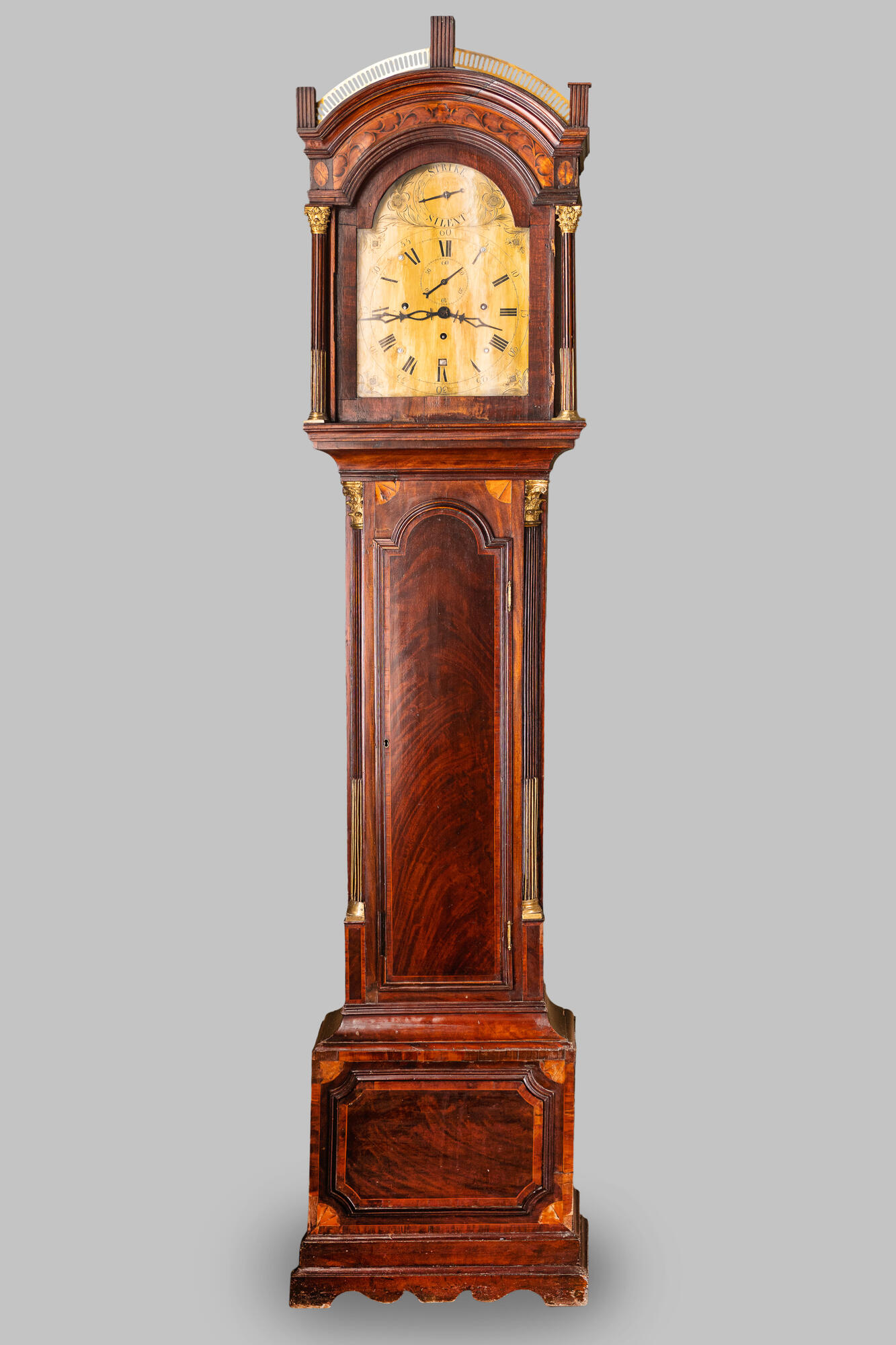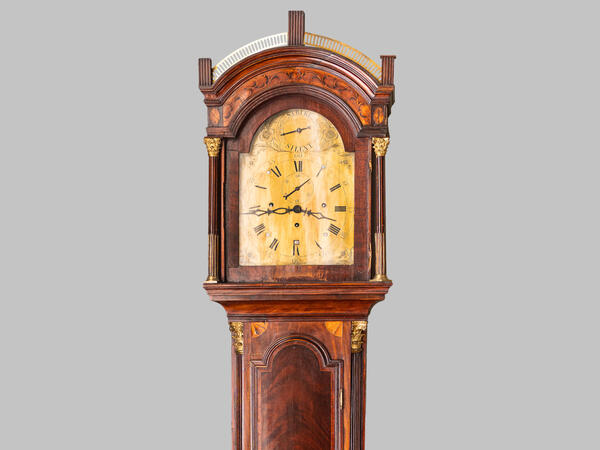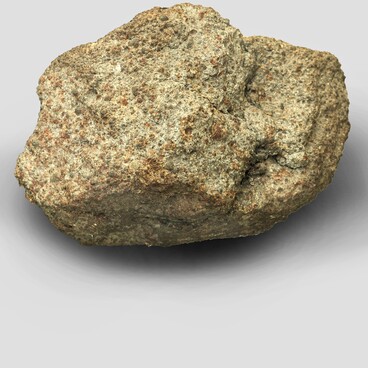The first mechanical clocks appeared in Europe in the 13th century. They were cumbersome rolling tower-shaped mechanisms consisting of a smooth wooden axle and a stone tied with a rope to a shaft. The rope unwinds under the weight of the stone, the axle rotates, and the clocks indicate the progress of time by chiming at regular intervals with the sound of bells. Such clocks were inaccurate, their daily uncertainty was up to one hour. As time went by, the mechanism was improved by adding a varied chiming system, a clock face and a hand, and decorations.
In the early 16th century, the Nuremberg watchmaker Peter Henlein invented the driving spring and used it to create a portable clock. It showed the time using one-hour hand. The oval case was made of gilded brass. Such clocks were carried in the pocket and were called ‘Nuremberg egg’. However, they still were not accurate.
In 1657, the Dutch inventor Christiaan Huygens used a pendulum in clocks for the first time. He was helped by the research of Galileo Galilei, who stated that the period of oscillation of a pendulum does not depend on its amplitude. Thanks to Huygens, the first wall and long case pendulum clocks appeared. In 1680, a minute hand was added to the clock face.
In such a clockwork mechanism, a weight attached to a rope drives a system of wheels through a special roller, thereby providing the energy to start the clock. The force was transmitted through several pairs of wheels to a brake wheel. It interacted with a special anchor, and the clockwork rotated.
The pendulum acted as a regulator, forcing the anchor to release the brake wheel. At that moment, the other end of the anchor limited the movement of the brake wheel. When the pendulum made a reverse movement, the cog of the brake wheel pressed on the anchor and transmitted the force to the pendulum again. In this way, the brake wheel moved in time with the swinging pendulum. It was connected through several gears to the minute wheel, which was turned once an hour. With the help of another group of gears, the hour wheel moved 12 times slower compared to the minute wheel. The accuracy of such clocks did not exceed 10 seconds per day.
Long-case clocks have become popular in the 18th century. At that time, they were made of expensive wood and decorated with carvings. The clock was usually thickened towards the clock face, while the whole mechanism and the pendulum were covered with panels. Long-case clocks were often used for decorative purposes.
The collection of the Volsk Museum contains a tall long-case clock made in England in the second half of the 19th century. The body of this clock is made of dark-brown lacquered wood. In the upper part, there is a mechanism; in the middle part is a pendulum, closed by a shaped door with a lock. The lower part of the case serves as a base.
In the early 16th century, the Nuremberg watchmaker Peter Henlein invented the driving spring and used it to create a portable clock. It showed the time using one-hour hand. The oval case was made of gilded brass. Such clocks were carried in the pocket and were called ‘Nuremberg egg’. However, they still were not accurate.
In 1657, the Dutch inventor Christiaan Huygens used a pendulum in clocks for the first time. He was helped by the research of Galileo Galilei, who stated that the period of oscillation of a pendulum does not depend on its amplitude. Thanks to Huygens, the first wall and long case pendulum clocks appeared. In 1680, a minute hand was added to the clock face.
In such a clockwork mechanism, a weight attached to a rope drives a system of wheels through a special roller, thereby providing the energy to start the clock. The force was transmitted through several pairs of wheels to a brake wheel. It interacted with a special anchor, and the clockwork rotated.
The pendulum acted as a regulator, forcing the anchor to release the brake wheel. At that moment, the other end of the anchor limited the movement of the brake wheel. When the pendulum made a reverse movement, the cog of the brake wheel pressed on the anchor and transmitted the force to the pendulum again. In this way, the brake wheel moved in time with the swinging pendulum. It was connected through several gears to the minute wheel, which was turned once an hour. With the help of another group of gears, the hour wheel moved 12 times slower compared to the minute wheel. The accuracy of such clocks did not exceed 10 seconds per day.
Long-case clocks have become popular in the 18th century. At that time, they were made of expensive wood and decorated with carvings. The clock was usually thickened towards the clock face, while the whole mechanism and the pendulum were covered with panels. Long-case clocks were often used for decorative purposes.
The collection of the Volsk Museum contains a tall long-case clock made in England in the second half of the 19th century. The body of this clock is made of dark-brown lacquered wood. In the upper part, there is a mechanism; in the middle part is a pendulum, closed by a shaped door with a lock. The lower part of the case serves as a base.



